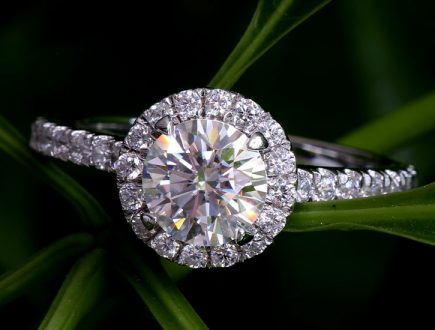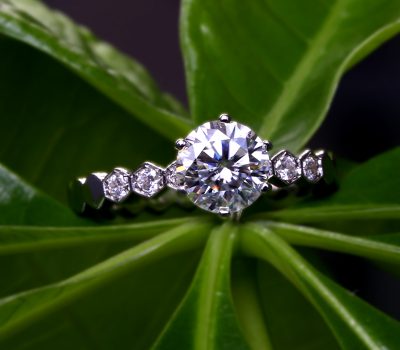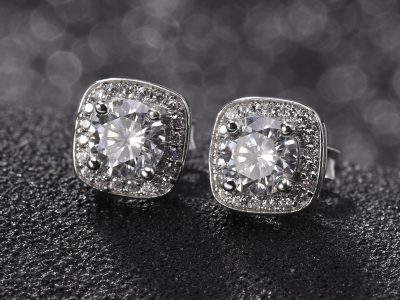The Purer the Silver, Better It Is?
Silver will likely never go out of style as it’s been cherished for centuries, with origins of discovery in Greece and Turkey (formerly Anatolia) dating back to 3000 BC. Pure silver is precious but too soft to use in jewelry. Add a little alloy to the mix and voila, you’ve got sterling silver! In addition to sterling silver, there’s also silver plate, fine silver, pure silver, nickel silver, and 925 silver.
With so many silvers on the market, how do you know which one to buy? Are all silvers the same? And what’s the difference between sterling silver Jewelry and 925 silver Jewelry? Here’s the 411 on sterling silver vs. 925 silver.
Sterling Silver vs 925 Silver
You might be wondering what is sterling silver? Sterling silver is an alloy made from 92.5 percent silver and 7.5 percent alloy. An alloy is essentially the mixture of two (or more) elements taken from the periodic table. Regarding sterling silver, the alloys can include zinc, copper or nickel. While the United States, Europe and most of the world enforces a strict standard of sterling silver at 92.5 silver to 7.5 copper or other alloys, there are other standards. Some countries, including France have a standard of 95 percent, however 92.5 is the most common.
So, that leaves the question: what is 925 silver? Ultimately, it’s the same thing as sterling silver! Sterling silver and 925 silver are both made from the same silver alloy blend, with the only key difference being the name.
With so many silvers on the market, how do you know which one to buy? Are all silvers the same? And what’s the difference between and 925 silver Jewelry? Here’s the 411 on sterling silver vs. 925 silver.
Durability and Purity of Sterling Silver
The reason sterling silver requires the mixture of other metals is because naturally, pure silver is soft. Adding other metals to the silver increases the hardness, making it more suitable and durable for use in jewelry and housewares like silverware.
The result of this process also produces that signature silver color: bright, shiny and metallic. The only downfall of this beautiful metal is that it can tarnish, which is why it’s important to regularly clean and maintain sterling silver jewelry with polishers.
The purity of silver lands on a numeric scale, or rating system, based on 1,000. Pure silver gets a 999 rating. In order for a silver to be classified as sterling silver, it must meet at least a 92.5 purity, AKA 925. So, as you can see: 925 silver is sterling silver.
Conversely, metals that contain less than 92.5 percent silver are not sterling silver, which is important to keep in mind when buying sterling silver.
Why We Love Sterling Silver
As you’ve thoroughly learned by now, sterling silver is 925 silver. That said, it’s important to know how sterling silver is made and what the sterling silver standard grades are. With this information, you can ensure that you’re buying authentic sterling silver and adding high-quality items to your jewelry collection.
Sterling silver is evergreen; it has stood the test of time, which means it’ll likely always be in style as a jewelry metal we love. It’s darling, durable and diverse, and we can’t get enough of it! Browse our sterling silver jewelry collection to find the perfect new piece to add to your jewelry box.
For many other precious metal like gold and platinum, many people look for its purity and rarity, which is its preciousness. However, for silver jewelry, mix with other metal in 92.5% silver and 7.5% in other metals is the best choice after people’s years of research and experiment–it includes both Aesthetic and practicability
925 silver jewelry












